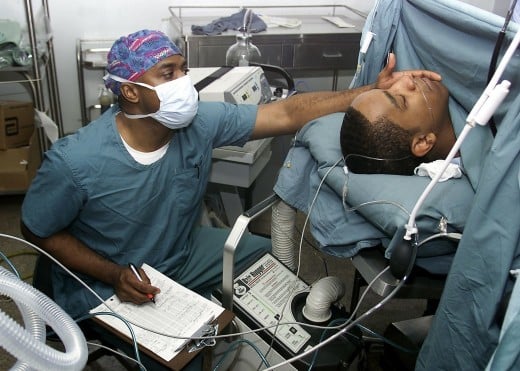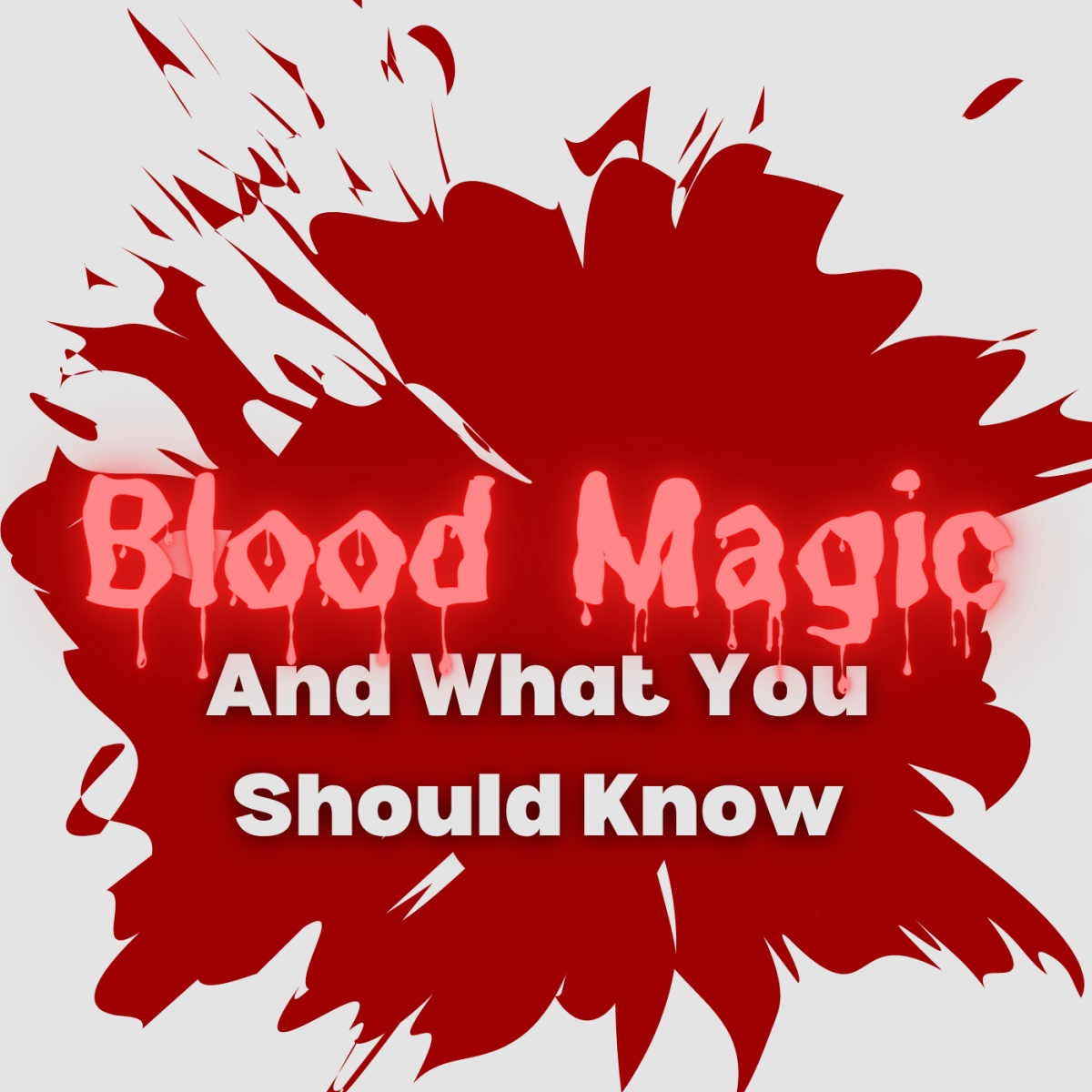Is NDE an Evidence for the Survival of Consciousness Without the Body?

What is NDE
A near death experience (NDE) may occur to people who approached death either through a heart failure or other life threatening accident or experience; sometimes it may occur due to taking large doses of an LCD drug. Those people report, from their memory, a variety of sensations including detachment from the body, total serenity, security, warmth, going through a dark tunnel, meeting the deceased family members and friends, sometimes meeting a holy or sacred person, and ultimately encountering a light. Their memories may extend to encompass others’ feelings through reviewing scenes of their past lives and experiencing the effect of their actions through them.
The Experience is universal, which means that NDEers around the globe have almost the same experience; however, there are some differences. For example, the holy person they may encounter differs according to their creed. Christians meet with Jesus Christ while Buddhists meet with Buddha and so on!
My Initial Position Regarding NDE
My interest in finding answers to the big questions of life drove me to evaluate the experience’s authenticity and to find out if it can be an evidence for metaphysics.
Despite being a believer, I had my doubts regarding the NDE, as I could not assimilate encountering different holy persons based on the experiencer’s belief. For me, the reality cannot have more than one face.
Investigating the Near Death Experience
I began my expedition by communicating with different scientists around the globe via emails, questioning their “scientific evaluation” regarding the experience. Upon receiving their replies, I classified them into two groups:
The First Group (Group A):
- The scientists of this group see that the experience can be explained scientifically. There is a general consensus among them that it is nothing but hallucinations. The majority see that it is brought on by the loss of oxygen to the brain, which in medical terms is called anoxia. [1] It occurs when a patient has an abrupt cessation of the blood flow to the brain, the brain cells go into serious shock, accordingly, they go through certain changes, and then when the brain restores the blood flow, those brain cells start to become activated, yet still not at a normal range. So patients might experience different senses such as visual hallucinations; they might see the tunnel, which has to do with stimulation of the visual cortex. Others find that the hallucinations of the experience are due to a combination of 3 essential ingredients: life experiences, brains reaction to crisis/danger, REM (dreaming state) intrusion during crisis.[2]
- The members of this group see that consciousness is a product of the brainwork.
- The majority would agree that the temporal lobe is the main site of memory stored in the brain.
The Second Group (Group B):
- The members of this group find that the experience lies beyond the realm of science.
- They think that consciousness is immaterial and is not a product of the brainwork. Dr. Pim Van Lommel[3] said: “Most neuroscientists believe that consciousness is produced by the brain and is localized in the brain but it is still a hypothesis which is never been proven. The only thing that we can measure in the brain is the activities; we can measure the activities by the EEG; we can measure the blood flow by MRI, and it is impossible to measure the content of our feelings or thoughts. We cannot measure it because consciousness is immaterial; what we can measure is material activities, so in my view the brain is not a producer but a facilitator for consciousness; it makes it possible to experience consciousness. It is like your TV set that doesn’t make the program, but lets you receive it and experience it.”
- They don’t approve that the location of memory is in the brain. Dr. Pim Van Lommel said in this regard: “there is no part of the brain responsible for memories. When people have memories some parts of the brain become active, but it doesn’t mean that it produces or stores memories.” Mr. Lommel finds that the vivid memory of patients during a period of brain death in the NDE proves his argument.
Group A
| Group B
| |
|---|---|---|
NDE has a scientific explanation
| Yes
| No
|
Consciousness/Brain
| Brain is the producer of consciousness
| Brain is a facilitator of consciousness
|
Memory
| Localized in the brain
| Unknown localization
|
The table summarizes the comparison between the two groups

Evaluating both Arguments:
To resolve the dilemma, I had to provide questions to both groups and evaluate their answers. I asked group (B) about the reason(s) behind their denial that the experience is driven by anoxia which causes the brain to hallucinate; they answered that it is impossible for a clinically dead brain to work and to hallucinate. Dr. Pim Van Lommel mentioned: “When there is a cardiac arrest, patients become clinically dead and we find there is no brain activity at all in 50 seconds due to a flat line EEG; which means that within 5 to 10 minutes you have to start resuscitations, otherwise 100% of the patients will die. Yet we have patients that reported that they had seen the resuscitation from above through an out of body experience; they saw the nurses coming quickly to defibrillate them and then the moment they were defibrillated they came back; so what they experience through an out of body experience proves that near death experience is during the period of cardiac arrest not before or after. All the other explanations like anoxia cause hallucination of the brain are impossible; you need activity in the brain to hallucinate and there is no activity at all.”
I presented the argument of group (B) to group (A); they answered that despite the discontinuation of the blood flow to the brain, the brain still works, Dr. Nelson said: “When the heart completely stops the brain has enough energy stores to last 10-20 minutes before losing consciousness. More often, the blood flow is simply slowed, and the person looks like they are "dead" but their brain is very much alive and they can linger like this for a very long time.”
Comparing both arguments, I found that the argument of Dr. Pim Van Lommel was more scientifically evidenced by the flat line of the EEG during the experience (as the patients experienced an out of body experience during their resuscitation, i.e. during a flat line EEG). However, Dr. Nelson did not provide me with any scientific evidence to prove that the stored energy, that supposedly caused the hallucination, caused the brain to activate during the experience.
Moreover, Dr. Lommel strengthened his argument by explaining his prospective study published in the Lancet[4] 2001, on 344 consecutive patients who survived a cardiac arrest. His team found that about 18% of these patients had the memory of the period of cardiac arrest and 82% had no memory at all. They compared these two groups of patients regarding the duration of cardiac arrest, the duration of regaining consciousness, the use of special medication, fear of death, pre-knowledge of NDE, and their faith. Astonishingly, they found no difference at all in all those aspects. They concluded that anoxia was not an explanation, because 100% of all patients had been unconsciousness due to the lack of oxygen in the brain, and only 18% had near death experience. If anoxia is the real cause then all of the patients should have experienced the NDE.
Explanation for the Subjectivity of the NDE
Despite my previous evaluation, I saw that the subjectivity of the experience still weakens group (B)’s argument; so I asked them about their explanation for encountering different holy characters based on the NDEers’ own beliefs. They answered that although the experience is universal, the patients’ expressions and words are subjective. Dr. Pim Van Lommel said: “The Near Death Experience is ineffable which means that there are no words to express it, so when you try to talk about your experience you use the words you have learned by your education and you learned by your religion, so when you are Christian and you meet a being of light , so perhaps you would say I have met with Jesus, when you are Hindu perhaps you had seen Atman or Brahma and when you are an atheist perhaps you should say I have seen a being of light or I have been in the light, but what always remains constant is the feeling of unconditional love, unconditional acceptance of who you are.”
The Final Round
I found it a reasonable explanation; however, by delving through Dr. Kenneth Ring’s study[5], the case was definitely settled in favor of group (B). Dr. Ken’s study included 31 blind patients (some of them were blind since birth) who were able to see during their Near Death Experience! Those patients described what happened to them in the intensive care unit and the emergency department; they went through walls out of the hospital and they saw survivals, light, trees and birds and described things they had never seen at all!
Conclusion
A Near Death Experience is a proof that we are more than just bodies, but it seems – like Dr. Lommel has said - that for some scientists, anything that cannot be measured does not exist.
References
[1] Dr Walid Nazmi, Head of the Neurology Department, International Medical Center, Egypt.
[2] Dr. Kevin Nelson is a neuromuscular neurologist, a researcher and a skeptical of Near Death Experience
[3] Dr. Pim Van Lommel is a Dutch Cardiologist, author, and researcher in the field of the Near Death Experience. He is the writer of the best seller book “Endless Consciousness”
4] http://www.thelancet.com/journals/lancet/article/PIIS0140673601071008/abstract
[5] Kenneth Ring & Sharon Cooper, Mindsight, second edition, Copyright 2008, William James Center for Consciousness studies








